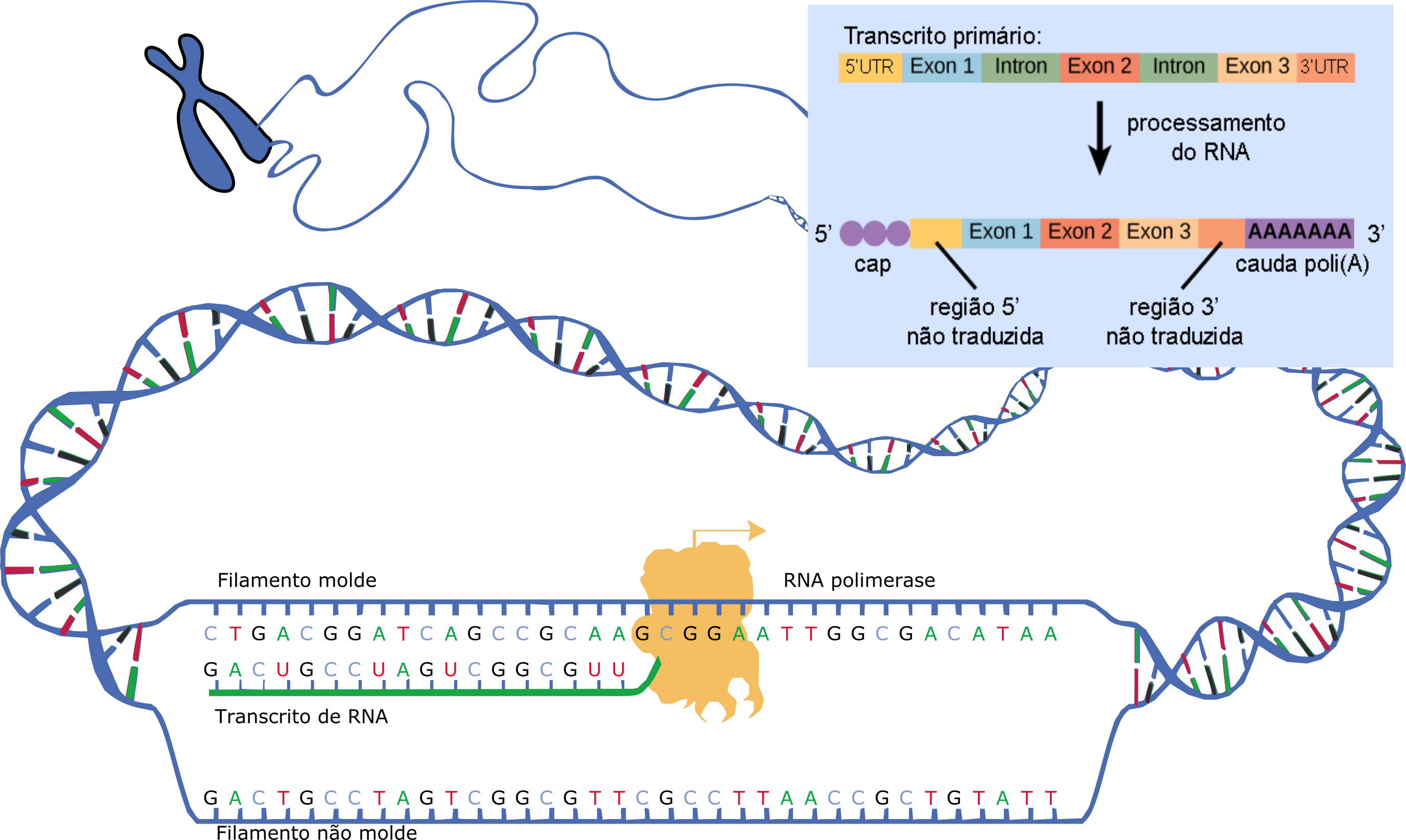Cells are one of the most important objects in the human body, yet scientists still have yet to truly understand the underlying mechanics. Recently researchers have observed how RNA transcription occurs in real, live cells. For the longest time scientists have observed RNA transcription extracellularly. Until now they have only been able to observe how RNA polymerase 2, a DNA copying enzyme, and other enzymes “by breaking cells apart and measuring the activity… outside the cellular environment.”
The molecules involved in RNA transcription have been studied profusely, but only frozen in time. Now we can use “a highly specialized optical microscope” to watch how RNA polymerase copies DNA into mRNA. Researchers then labeled certain molecules with a tag so that they glowed when looked at. An issue with this method, though, is that there are so many of these molecules in the nucleus that if we were just to examine the reactions after adding the fluorescent tag, we would just have a glowing nucleus. The scientists have combated this by suppressing the signals from other reactions. This, along with the ultra-sensitive microscope allows us to focus on one gene and transcription occurs for it.
Through this new technique, we now have a much more detailed and intricate picture of how DNA, RNA, and enzymes function in transcription. This process can be replicated for many more reactions and will help us understand bounds more about ourselves and how we truly work.
I am personally very excited to see what new concepts and techniques will be discovered from this breakthrough. Genetics is the future of biology and using this to crack the code is one step closer to curing many genetic diseases. Combining this with other genetic breakthroughs like CRISPR is a cause for excitement in the future of biology. If you have any other ideas about why this could be useful please comment below.




jervissystem
On the concept of CRISPR, there is a question about how it will effect the transcription of certain strands of DNA or RNA. Typically, once DNA is replicated, the CRISPR-Cas9 comes in and cut and replaces certain sections of the genetic coding to alter the genome of the specimen. However, there is a potential that CRISPR_Cas9 or another enzyme could do more than that and work while the transcription of the DNA or RNA is occurring in order to alter it before or during its duplication. If this is a potential with either the current CRISPR or with another enzyme, this could help with the efficiency of altering the genomes before it has replicated itself and made two or more copies of the flawed genomes.
https://www.nature.com/articles/d41586-020-00272-5